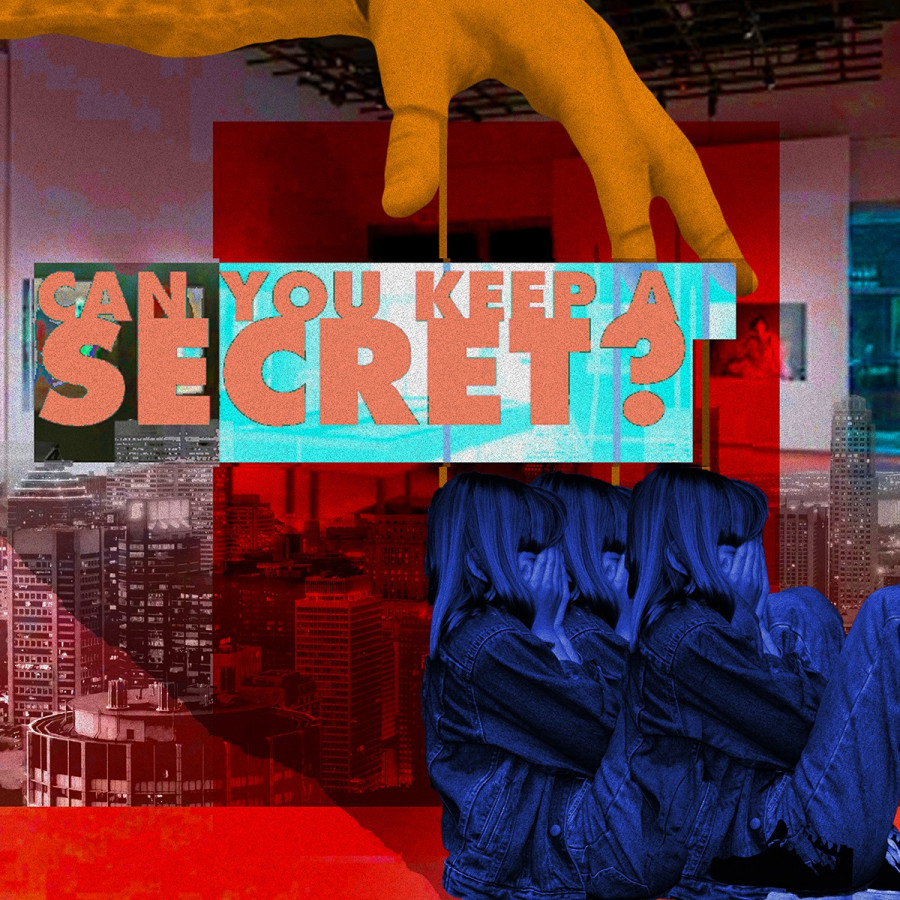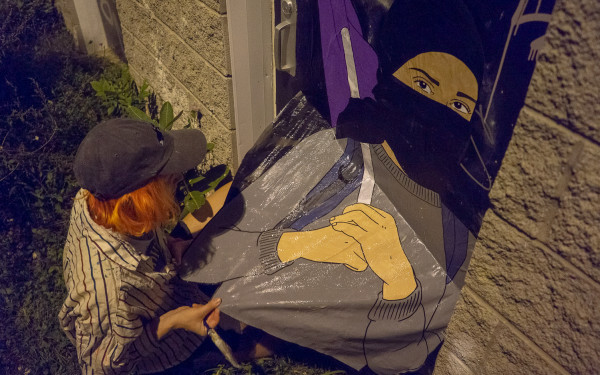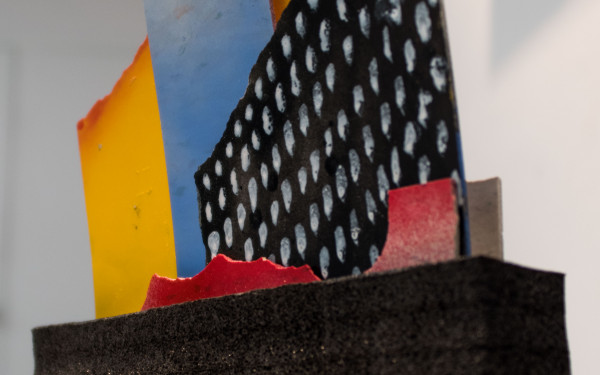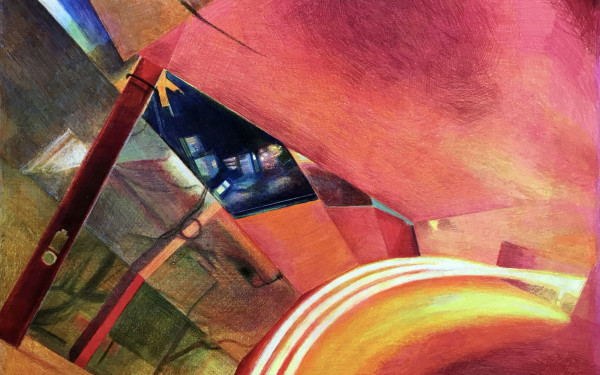Panel Discussion: The Imbalance Between Curators and Artists
Aleesa Cohene and Matthew Hyland On Artist-Curator Relations
Sometimes, it’s hard for artists to know what their rights are in terms of working with a curator. The panel Can You Keep A Secret?, hosted by Art Matters and the Fine Arts Student Association, helped answer questions about that.
The event on Feb. 1 was about the nature of consent within artist-curator relationships. Art Matters, the largest student-run arts festival in North America, has teamed up with FASA to keep the conversation on consent in the fine arts field going.
The panel, which took place at Concordia’s VA Building, featured artist Aleesa Cohene and curator Matthew Hyland who have known each other personally and professionally for 10 years. The discussion was moderated by the installation artist Trisha Middleton, a Concordia graduate.
Cohene, who is currently based in Los Angeles, is a multimedia artist who works with sculpture, scent, and video. Over the years, she and Hyland have worked together to exhibit her work in solo and group shows.
“We’re in a moment where the curatorial reigns supreme in many contexts,” said Hyland.
There were times when their engagement was entirely professional and others when it was entirely personal according to Hyland.
“[Cohene is] a touchstone for my work as a curator. I’ve worked with her more than anyone else,” he said. “In my early engagement with [Cohene], I learned a lot by doing the wrong thing.”
He added that at first he wasn’t as aware of what his role as a curator meant.
“I’m not sure I experienced you that way, but I think the combination of friendship and having a professional relationship has allowed an honesty that I’ve never experienced with a curator before,” said Cohene in response.
Hyland and Cohene have an intimate understanding of problems that can occur in artist-curator relationships; their own relationship began somewhat badly because of Hyland not meeting a deadline.
At first he was candid about the situation with Cohene but eventually began dodging her calls. However they were able to work it out which has led them to their current working relationship and the valuable discussions they’ve had about consent in the art world.
Both Cohene and Hyland agree that the stress of putting on a show can contribute to secrecy, and sometimes curators will attempt to foster intimacy by sharing secrets—like the gallery not having enough money for the show—with the artist.
Hyland explained that this can serve to create a power imbalance, one where the artist is made to feel as though they “owe” the curator for trying to make the show happen. Because of this the artist is made to feel as though they should be grateful and not make a fuss about anything.
“[The art world] doesn’t always encourage ethical engagement,” Hyland explained.
Cohene has good boundaries about her needs, but that comes from a mixture of positive and negative experiences with different curators. She described a recent negative experience she had for a proposed show at a museum. A request she made wasn’t respected leading to a loss of digital files she needed for two other shows. In order to retrieve her files she went into personal debt. The curator never answered her calls.
When a curator approaches Cohene, she asks them the same set of questions each time. “Why do you care about this now? How serious is this? What is the budget breakdown?”
Depending on how her questions are answered, the relationship between her and the curator can look very different. Cohene also mentioned open and honest communication as being very important, but something that doesn’t always occur.
“As artists we’re mostly working for free, so why not create an environment that’s worth working in?” Cohene wondered.
She discussed the power imbalance between artist and curator as being being partially a financial one—artists who don’t always have a stable source of income are made to do a lot of work without any financial compensation from the institution, while the curator is compensated.
According to Hyland most spaces or festivals that have art up for exhibition now have a curator which was not the case 10 or 20 years ago. He explained that the curator’s role has evolved from, “caretaker to tastemaker, to gatekeeper to parrot,” resulting in homogenization of the art world, meaning that some artists become excluded because their work is not trendy or cool at the moment.
“When I lived in Vancouver the anarchist bookstore had a curator which did not seem like a very anarchist idea to me, who oversaw all of the work that was installed at the bookstore,” said Hyland.
He added that when he began curating in Toronto around 15 years ago, there were more artist-run spaces. Now, some artists are excluded if their work doesn’t fit into the consensus curators have created around what’s hot in the moment.
Curators do have a larger commitment to the public, donors, and the market these days, but that’s something that can be abused to suit their own needs according to Hyland.
“Artists work from the unavailable and curators work from the available,” is a statement that Cohene recalls hearing at a conference. It made many curators bristle but speaks to the issue itself and is perhaps why curators have flipped the balance of power on artists.


_600_832_s.png)




